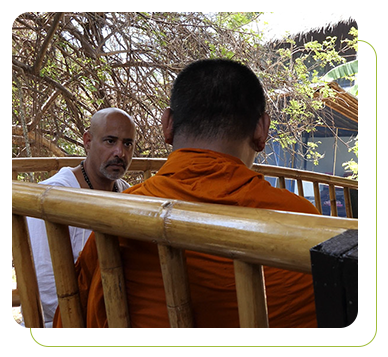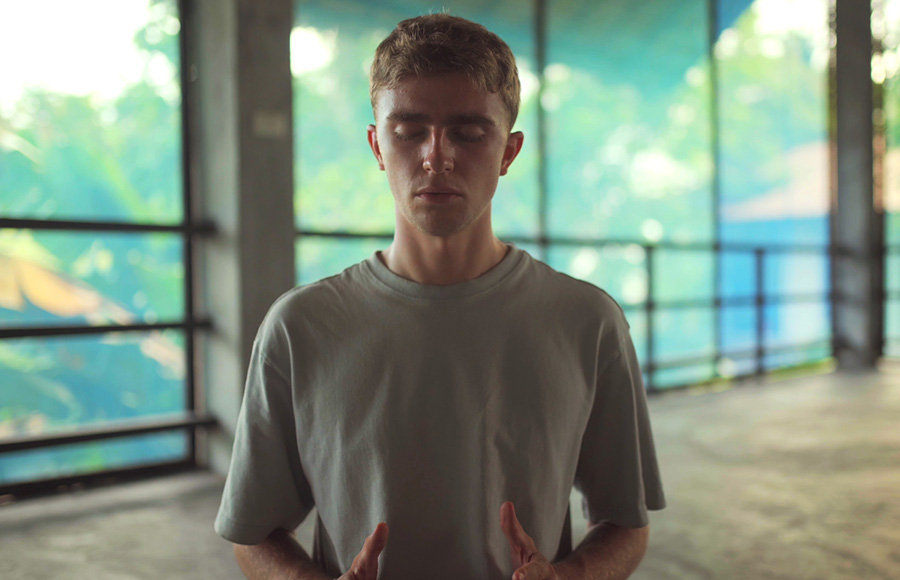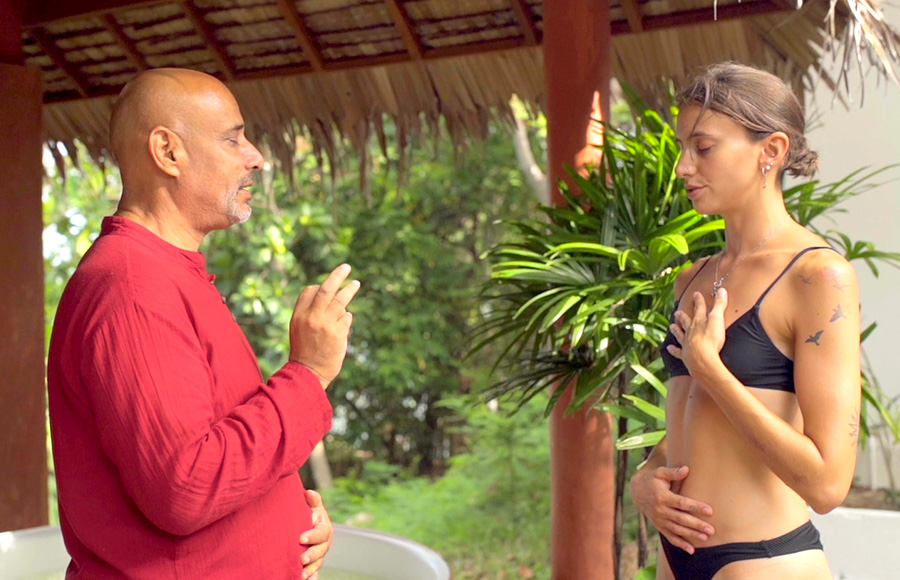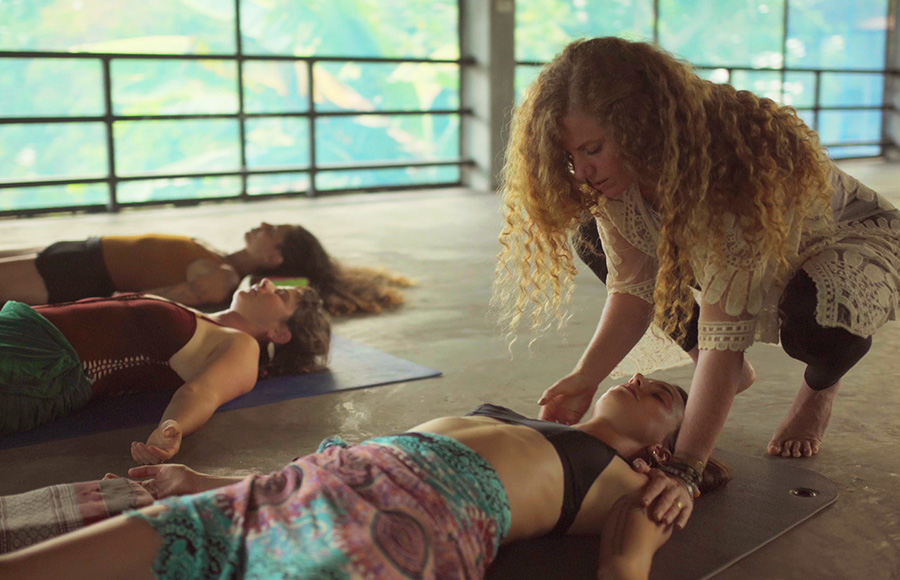Long-Term Ketamine Use: Health, Lifestyle & Relationship Impacts
05 min read

Introduction: The Quiet Toll of Chronic Ketamine Use
Ketamine’s Rising Popularity in Social and Private Settings
Once known mainly as a surgical anesthetic or party drug, ketamine has become increasingly common in everyday circles—from nightlife to self-medication. But while some see it as harmless, long-term use tells another story.
When Occasional Use Turns into Daily Dependence
Many people begin with “weekend use” or curiosity. Over time, ketamine becomes a crutch—emotionally and physically—leading to serious health and lifestyle fallout.

Physical Health Effects of Long-Term Ketamine Use
Ketamine Bladder Damage: Symptoms and Stages
One of the most documented consequences of chronic ketamine use is bladder damage, also called ketamine cystitis. Symptoms include:
Frequent urination (up to 50x/day)
Intense urgency or incontinence
Pelvic pain and pressure
Blood in urine
If untreated, this can lead to irreversible bladder shrinkage and even require surgery.
Neurological and Cognitive Impairment
Long-term users report:
Short-term memory loss
Decreased attention span
Brain fog
Poor decision-making
These effects stem from ketamine’s disruption of NMDA receptors, critical for learning and emotional processing.
Gastrointestinal and Liver Impact
Heavy users may experience:
Stomach cramping
Liver enzyme elevation
Loss of appetite and nausea
These often worsen with continued use and poor nutrition habits.

Mental and Emotional Effects
Memory Loss, Apathy, and Emotional Flattening
Many report feeling emotionally “numb,” even when sober. They describe:
Loss of joy or motivation
Inability to cry or connect deeply
Detachment from reality or relationships
Anxiety, Depression, and Emotional Instability
Ironically, people who first used ketamine to escape mental distress may find:
Their anxiety worsens over time
Depression deepens
Mood swings and irritability become common
Increased Risk of Dissociation and Psychosis
Long-term users may develop:
Persistent detachment from reality (depersonalization)
Paranoia or delusions
Hallucinations during and even after drug use
Social and Relationship Consequences
Isolation and Disconnection from Loved Ones
As ketamine use intensifies, users often:
Withdraw from social circles
Avoid family interactions
Lie or hide their use
Trust erodes quickly, leaving many feeling alone.
Relationship Breakdown Due to Emotional Withdrawal
Romantic partners, children, and close friends can feel:
Emotionally abandoned
Confused by the user’s detachment
Helpless or resentful
Even when users try to engage, their emotional blunting can leave connections feeling hollow.
Financial and Career Damage
Chronic ketamine users frequently:
Miss work
Struggle to focus
Prioritize drug use over goals
Debt, job loss, and broken ambitions often follow.

Holina’s Holistic Response to Long-Term Ketamine Impact
Treating the Body: Detox, Nutrition, and Somatic Healing
At Holina, physical restoration includes:
Medically supervised detox
Nutrient-rich meals and supplements
TRE, yoga, and qigong to release stored trauma
Rebuilding the Mind: Therapy, Mindfulness, and Trauma Work
Clients receive:
Trauma-informed individual therapy
Group work focused on emotional expression
Mindfulness-based stress reduction (MBSR)
This combination helps rewire old patterns and restore clarity.
Restoring Connection: Group Healing, Family Work, and Life Skills
Holina emphasizes relational healing through:
Sacred sharing circles
Family therapy (in-person or remote)
Life planning workshops and reintegration coaching
Frequently Asked Questions (FAQs)
Can bladder damage from ketamine be reversed?
Mild cases can improve with abstinence and medical care. Severe damage may require surgery or permanent catheterization.
Does chronic use always lead to brain damage?
Not always, but long-term users are at risk of cognitive deficits and memory loss, especially if usage is heavy or frequent.
How can Holina help after years of ketamine use?
Holina’s programs are tailored for deep healing—addressing both physical detox and emotional trauma. Long-term users find a safe, shame-free space to recover.
Is detox enough or do I need long-term therapy?
Detox is just the start. Without addressing the root causes and patterns, relapse is likely. Ongoing therapy and integration are essential.
Will I ever feel emotionally balanced again?
Yes—with support and time. Many clients regain emotional depth, joy, and purpose after consistent healing.
What if my family has already given up on me?
It’s never too late to repair trust. Holina helps clients rebuild self-worth first—and often, family relationships follow.
Conclusion: The Path Back from Long-Term Damage
You’re Not Broken—You’re Hurt
Chronic ketamine use can take everything—health, memories, relationships. But none of it is beyond repair. You’re not broken. You’re overwhelmed, perhaps numbed—and you deserve healing.
Healing Is Possible at Holina
Holina Rehab is not just a detox center. It’s a sanctuary for people ready to come home to themselves, heal their bodies, reconnect with loved ones, and reclaim life.
📞 Call Holina Today: +66 (0) 626 418 369
About Me
Ian Young
Ian Young is the Global Manager at Holina Care Centres in Koh Phangan, Thailand. Ian oversees the rehabilitation programs that blend the 12 Step model, Psychology, Counselling, Coaching, Somatic and many other therapeutic engagements, alongside various evidence-based therapies with holistic healing practices. Holina Rehab treats addictions, trauma, anxiety, depression, and other emotional challenges, offering comprehensive care in a serene resort environment. Ian, a charismatic speaker and author of “It’s Not About Me” leveraging his own recovery journey from addiction to inspire and guide others toward a fulfilling, addiction-free life.
Recent Blogs
-
29 Nov, 2025
The Power of Community in Addiction Recovery





























